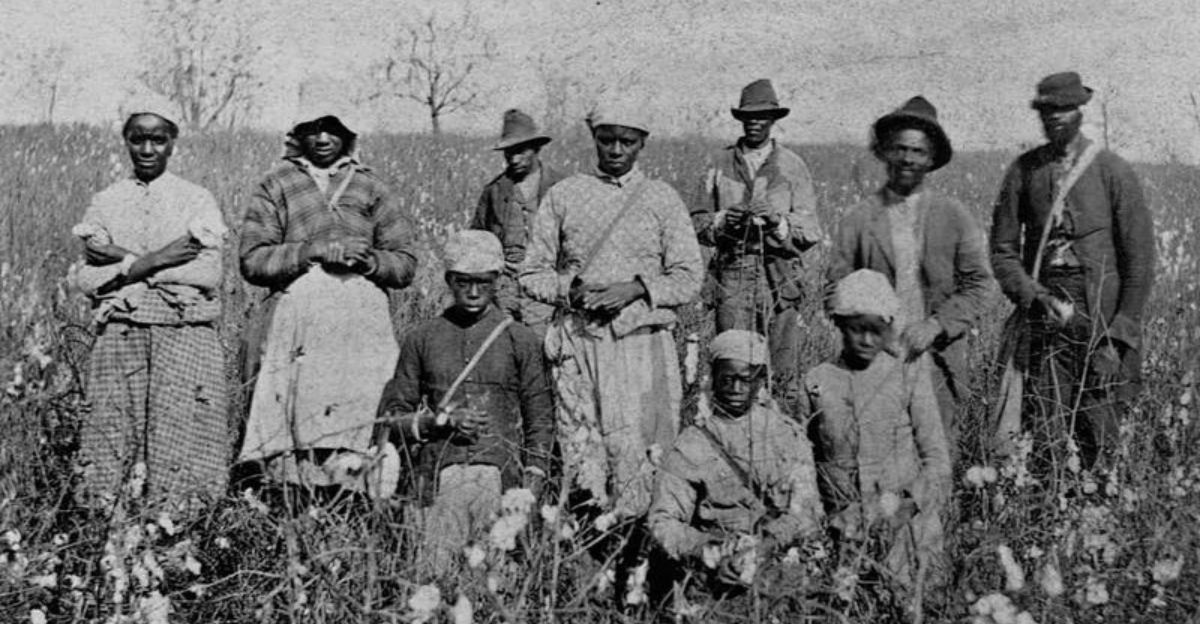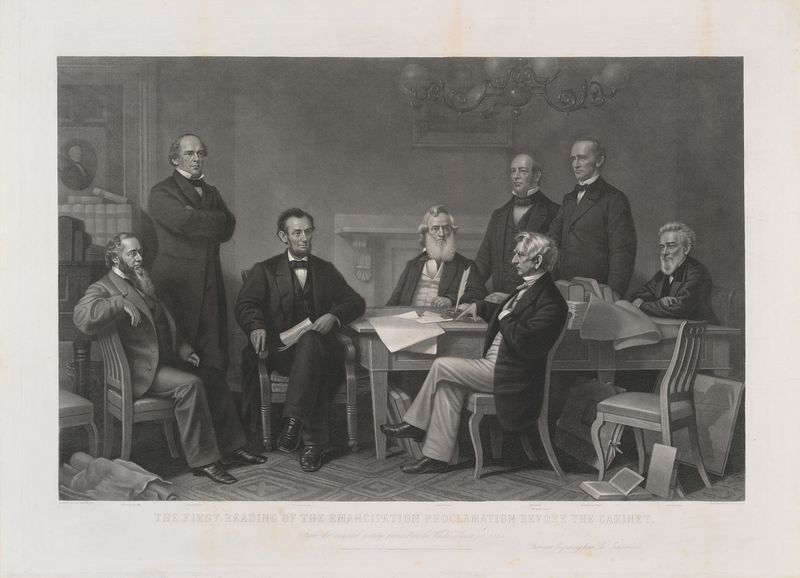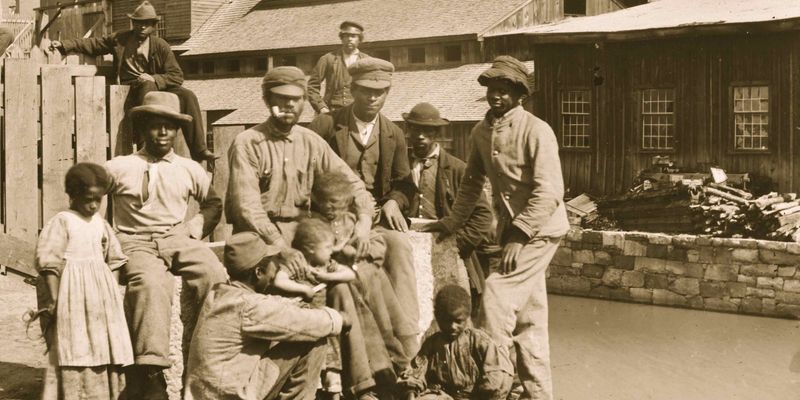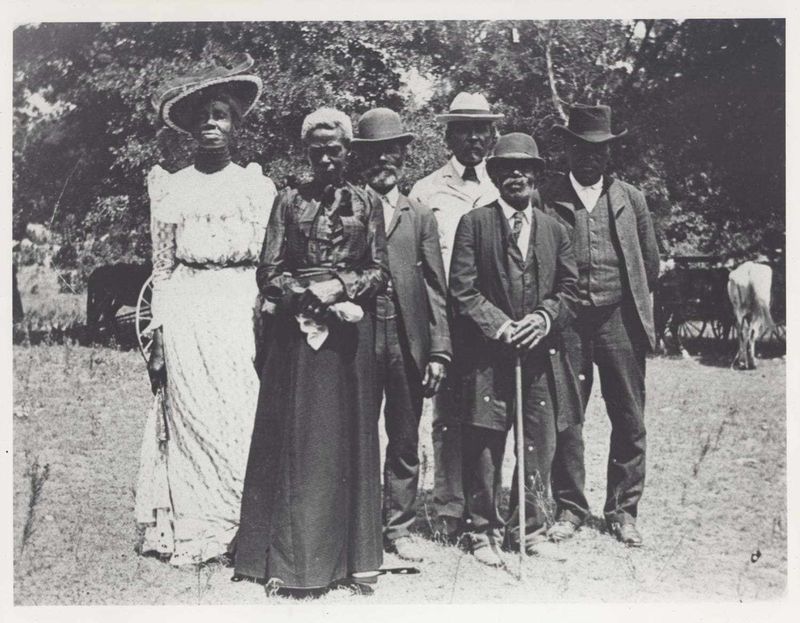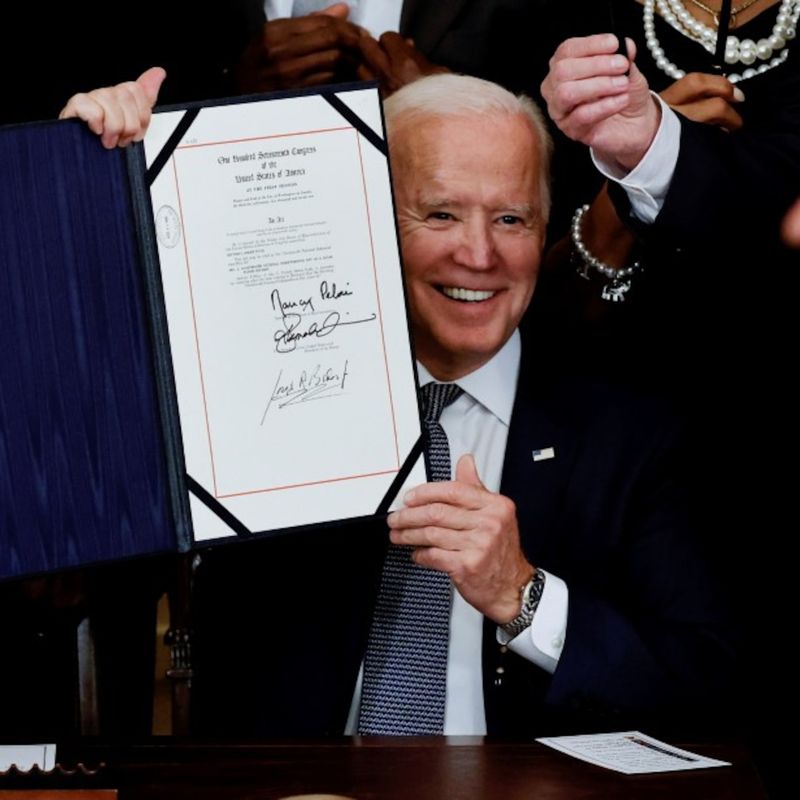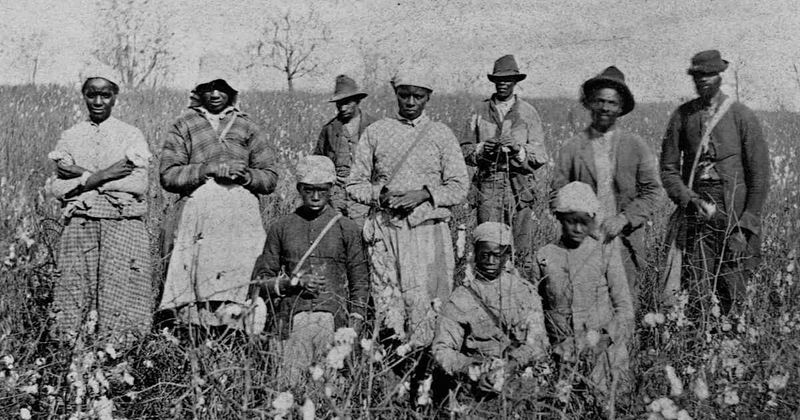Discover the untold stories and hidden truths about Juneteenth that many Americans are unaware of. While Juneteenth is widely celebrated as the day when enslaved people in Texas were finally freed, there’s much more to this historical event. This blog post explores ten fascinating and lesser-known aspects of Juneteenth, from its delayed recognition to the cultural significance of its celebrations. Join us on a journey through history as we uncover the deeper layers of this important American holiday.
1. The Emancipation Proclamation Didn’t Free All Slaves
When Abraham Lincoln signed the Emancipation Proclamation, it was a pivotal moment. However, not all enslaved people gained freedom immediately. This proclamation applied only to Confederate states. States like Kentucky, Delaware, Maryland, and Missouri remained unaffected. Enslaved individuals in these areas had to wait until the 13th Amendment passed in December 1865 to gain their freedom. This delay highlights the uneven application of freedom and the challenges faced by those in border states. The proclamation was a step forward, but not the complete liberation many assume it was.
2. Texas Ignored Emancipation for Over 2 Years
In Texas, freedom came slowly. Even after the Civil War ended in April 1865, many slaveholders kept the news hidden. They wanted to maintain their labor force for as long as possible. It was not until June 19, 1865, that Union troops arrived in Galveston to enforce the end of slavery. The delay in communication and enforcement meant that enslaved people in Texas remained in bondage for over two years after the Emancipation Proclamation. This historical oversight is a testament to the struggles for freedom.
3. The First Juneteenth Was Met with Resistance
The initial Juneteenth was not universally welcomed. Many plantation owners delayed informing enslaved workers about their freedom until after the harvest season. Some resisted violently, leading to tragic massacres of freed Black individuals. This resistance highlighted the deep-seated opposition to emancipation in certain regions. The struggle for freedom was fraught with conflict and danger. These events underscore the challenges that accompanied the transition from slavery to freedom and the persistent resistance to change.
4. Juneteenth Was Almost Forgotten
In the years following Reconstruction, Juneteenth celebrations faced significant suppression. Jim Crow laws and societal pressures forced many celebrations into secrecy. Former Confederate states often banned public gatherings, making Juneteenth observances a risky endeavor. Despite these challenges, Black communities found ways to celebrate their freedom, albeit quietly. This period of near-forgotten celebrations shows the resilience and determination of those who refused to let their history be erased. It was a quiet rebellion against oppression.
5. It Took 156 Years to Become a Federal Holiday
Despite its long history, Juneteenth wasn’t recognized as a federal holiday until June 17, 2021. President Biden’s signing of the holiday into law was a significant moment in acknowledging the importance of this day. For many, this recognition was long overdue. It marked a step toward acknowledging the complex history of slavery and emancipation in the United States. The formal recognition of Juneteenth as a federal holiday is a testament to the ongoing journey toward equality and remembrance.
6. Some Freed Slaves Were Forced into “Apprenticeships”
After Juneteenth, many former enslavers devised ways to maintain control over freed individuals. They coerced them into signing labor contracts under the guise of “apprenticeships.” These contracts often resulted in conditions akin to slavery. Known as “Black Codes,” these laws restricted the freedoms of Black individuals, undermining their newfound liberty. The manipulation of legal systems to perpetuate inequality is a stark reminder of the struggles faced during Reconstruction. These “apprenticeships” were a continuation of oppression under a new name.
7. The Original Juneteenth Celebrations Were About Education
Early Juneteenth celebrations were not just about festivities. They served as political rallies and educational events. Black leaders used these gatherings to discuss essential topics like voting rights, land ownership, and safeguarding their freedoms. These events were crucial for empowering the Black community and fostering a sense of unity and purpose. Education was viewed as a vital tool in the struggle for equality. These gatherings were an essential part of the broader civil rights movement, laying the groundwork for future advancements.
8. There Was a “Second Juneteenth” in Oklahoma
Interestingly, a “Second Juneteenth” emerged in Oklahoma. Some Native American tribes, such as the Choctaw and Chickasaw, owned slaves and did not free them until 1866. This delay led to the establishment of a separate emancipation day known as “Juneteenth of the West.” This unique celebration highlights the intricate history of slavery among Native American tribes and their path to emancipation. The acknowledgment of this day underscores the diverse stories of freedom and the varied timelines of liberation across the United States.
9. Juneteenth Inspired the Civil Rights Movement
Juneteenth’s legacy goes beyond a single day. During the 1960s, civil rights leaders like Martin Luther King Jr. tapped into the spirit of Juneteenth. They referenced its significance as they pushed for voting rights and broader freedoms. This connection made Juneteenth a symbol of ongoing struggle and hope. It became a rallying cry that linked past emancipation efforts with contemporary civil rights challenges. The influence of Juneteenth on the civil rights movement illustrates its enduring impact on American society.
10. Red Food & Drink Symbolize Resilience
Juneteenth celebrations are rich with symbolism. Traditional foods and drinks, especially those in red hues, hold special meaning. Red velvet cake, strawberry soda, and hibiscus tea are favorites. These red items symbolize the blood and sacrifices of enslaved ancestors. They also connect to West African cultural traditions. This culinary tradition serves as a vibrant reminder of resilience and the enduring spirit of those who fought for freedom. The use of red in Juneteenth gatherings is a poignant nod to history, culture, and strength.
